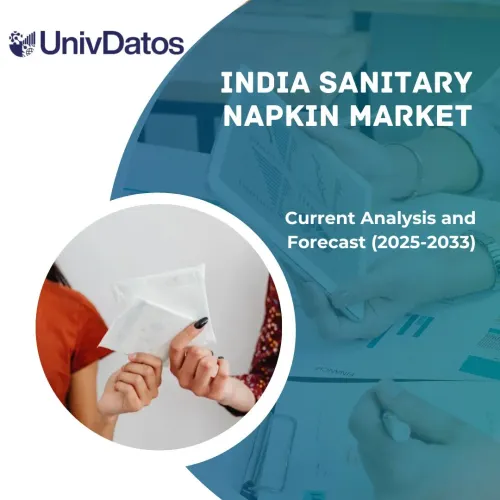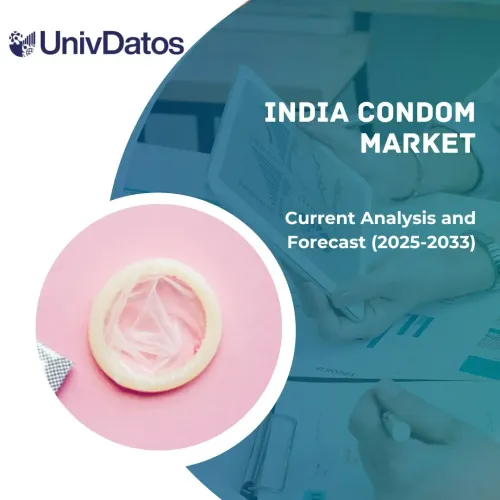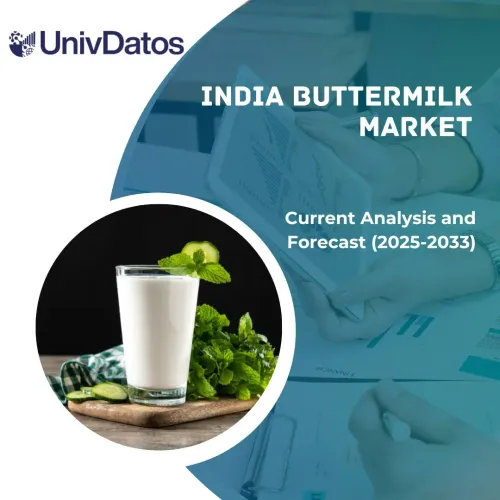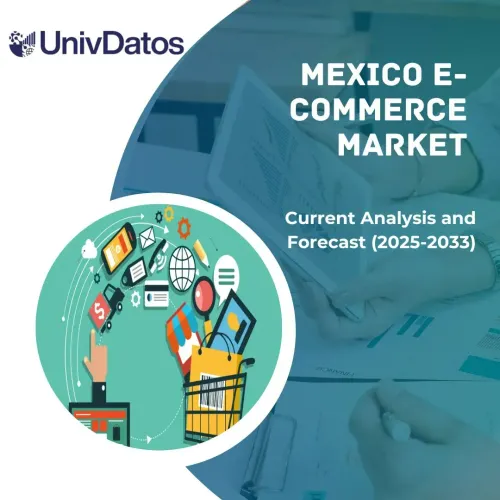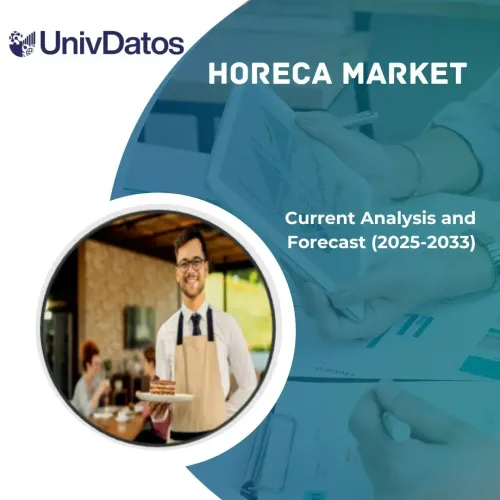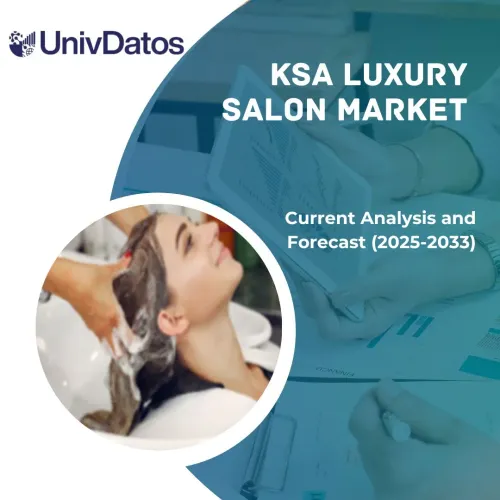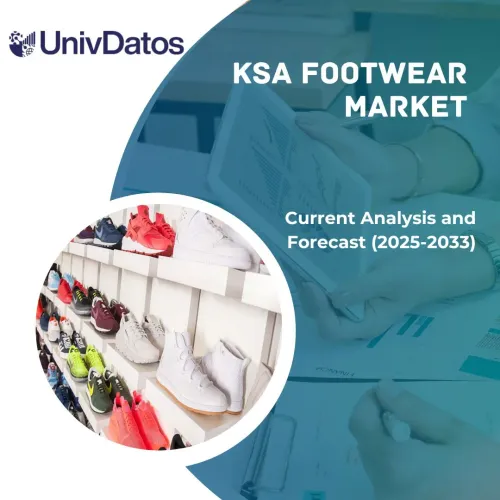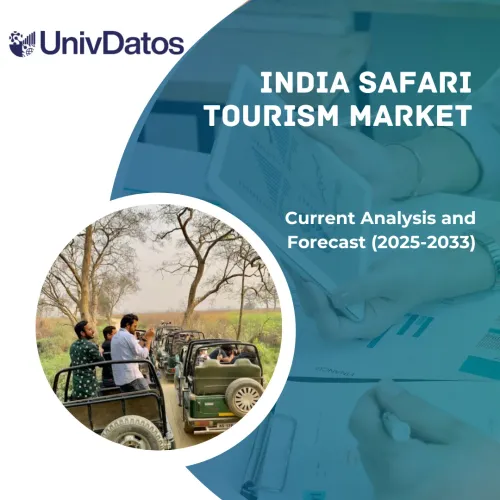Рынок пищевых антислеживателей: текущий анализ и прогноз (2022-2028)
Акцент на типе (соединения кальция, соединения натрия, диоксид кремния, прочие); применение (приправы и приправы, выпечка, молочные продукты, прочие); источник (синтетический, натуральный); и регион/страна
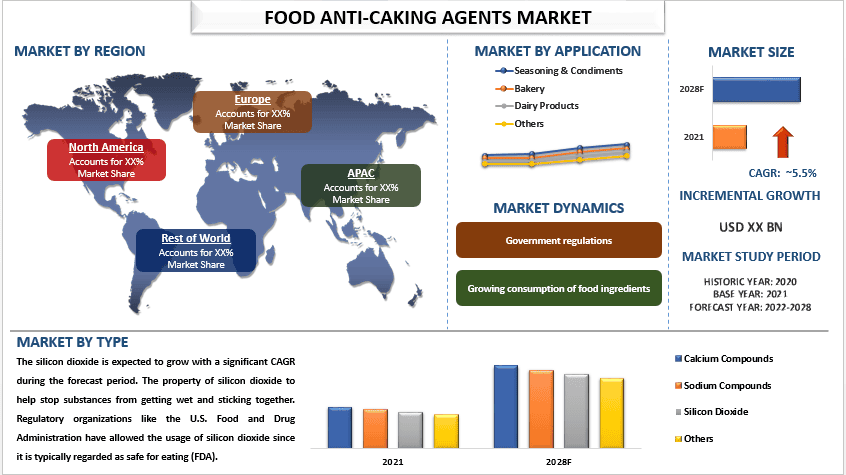
Объем рынка пищевых антислеживателей оценивался более чем в 800 миллионов долларов США в 2020 году и, как ожидается, будет расти со среднегодовым темпом роста около 5,5% в период с 2022 по 2028 год.
Пищевые антислеживатели — это вещества, которые добавляются в пищу для предотвращения образования комков или агломератов. Они обычно используются в порошкообразных или гранулированных пищевых продуктах, таких как поваренная соль, разрыхлитель и сахар. Растущий спрос на порошкообразные и гранулированные пищевые продукты, такие как пекарский порошок, какао-порошок и сухое молоко.Например, 17 января 2023 года компания Cacao Barry запустила коллекцию из 8 инновационных порошков какао 100%, обеспечивающих безграничную творческую свободу. Коллекция из трех линеек, включающая восемь порошков какао, чтобы удовлетворить все потребности и сделать каждое использование успешным.Кроме того, потребление пищевых ингредиентов, таких как пищевые добавки, например антислеживатели, стимулирует рынок пищевых антислеживателей.По данным Национального института здравоохранения, в марте 2020 года в Европе было разрешено более 330 пищевых добавок (например, искусственные подсластители, эмульгаторы, красители), при этом их использование в пищевых продуктах сильно варьируется.Следовательно, вышеупомянутые факторы стимулируют рост рынка пищевых антислеживателей.
Evonik Industries AG, PPG Industries, Inc., Brenntag Peru A. C., Univar Solutions Inc., Solvay, Cabot Corporation., Agropur cooperative, Kao Corporation., BASF SE, GME Chemicals (S) Pte Ltd. являются одними из ключевых игроков на рынке. Несколько слияний и поглощений, а также партнерств были предприняты этими игроками для предоставления клиентам высокотехнологичных и инновационных продуктов/технологий.
Информация, представленная в отчете
«Среди типов соединений кальция наблюдалась значительная доля рынка в 2021 году»
В зависимости от типа рынок сегментирован на соединения кальция, соединения натрия, диоксид кремния и другие. Соединения кальция занимали значительную долю рынка в 2021 году. Это в основном связано с тем, что соединения кальция широко используются в химической промышленности, а также в пищевой промышленности и производстве напитков из-за их уникальных свойств, таких как порошкообразные продукты, такие как специи, пекарский порошок, сухое молоко, сахарная пудра и смеси для тортов. Кроме того, использование соединений кальция в качестве антислеживателей, как правило, признано безопасным Управлением по санитарному надзору за качеством пищевых продуктов и медикаментов США (FDA) при использовании в определенных пределах.
«Среди применений ожидается, что выпечка будет расти со значительным среднегодовым темпом роста в течение прогнозируемого периода»
На основе области применения рынок сегментирован на приправы и приправы, выпечку, молочные продукты и другие. Среди них ожидается, что выпечка будет расти со значительным среднегодовым темпом роста в течение прогнозируемого периода. Это в основном связано с растущим спросом на хлебобулочные изделия/промышленность, а также с изменением образа жизни и ростом численности населения эмигрантов.Согласно Отчету о мировой миграции за 2022 год, предполагаемое число международных мигрантов увеличилось за последние пять десятилетий. Общее расчетное число людей, проживающих в стране, отличной от страны своего рождения, в 2020 году составило 281 миллион человек, что на 128 миллионов больше, чем в 1990 году, и более чем в три раза превышает расчетное число в 1970 году.
Обзор отчета о рынке пищевых антислеживателей
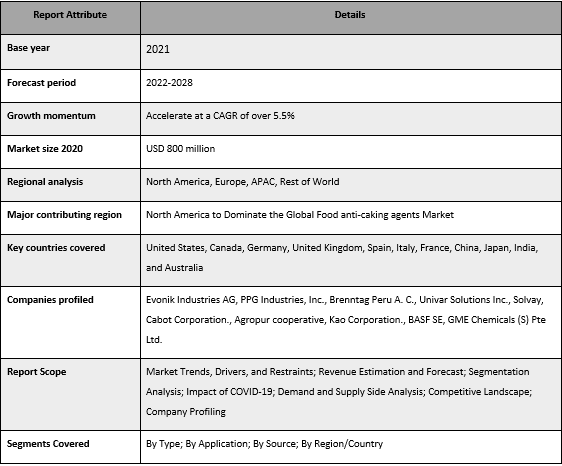
«Ожидается, что Азиатско-Тихоокеанский регион будет расти» со значительным среднегодовым темпом роста в течение прогнозируемого периода».
Ожидается, что Азиатско-Тихоокеанский регион будет расти со значительным среднегодовым темпом роста в течение прогнозируемого периода. Это в основном связано с растущим спросом на продукты быстрого приготовления, внедрением современных методов обработки пищевых продуктов и повышением осведомленности о безопасности пищевых продуктов в регионе. Кроме того, поскольку население Азиатско-Тихоокеанского региона продолжает расти и урбанизироваться, растет спрос на продукты быстрого приготовления, которые можно быстро приготовить и употребить.По данным Программы ООН по населенным пунктам, в 2023 году урбанизация продолжает оставаться определяющим мегатрендом в Азиатско-Тихоокеанском регионе. Пятьдесят четыре процента мирового городского населения, более 2,2 миллиарда человек, проживают в Азии. Ожидается, что к 2050 году городское население в Азии вырастет на 50% — еще на 1,2 миллиарда человек.
Причины для покупки этого отчета:
- Исследование включает анализ размеров рынка и прогнозирование, подтвержденные аутентифицированными ключевыми экспертами отрасли.
- Отчет представляет собой краткий обзор общей эффективности отрасли с первого взгляда.
- Отчет содержит углубленный анализ выдающихся представителей отрасли с основным акцентом на ключевых финансовых показателях бизнеса, продуктовом портфеле, стратегиях расширения и недавних разработках.
- Детальное изучение факторов, ограничений, ключевых тенденций и возможностей, преобладающих в отрасли.
- Исследование всесторонне охватывает рынок по различным сегментам.
- Углубленный анализ отрасли на региональном уровне.
Варианты настройки:
Глобальный рынок пищевых антислеживателей может быть дополнительно настроен в соответствии с требованиями или любым другим сегментом рынка. Кроме того, UMI понимает, что у вас могут быть собственные бизнес-потребности, поэтому не стесняйтесь связаться с нами, чтобы получить отчет, который полностью соответствует вашим требованиям.
Содержание
Методология исследования для анализа рынка пищевых антислеживателей (2022-2028)
Анализ исторического рынка, оценка текущего рынка и прогнозирование будущего рынка мирового рынка пищевых антислеживателей были тремя основными шагами, предпринятыми для создания и анализа внедрения пищевых антислеживателей в основных регионах мира. Были проведены исчерпывающие вторичные исследования для сбора исторических данных по рынку и оценки текущего размера рынка. Во-вторых, для подтверждения этих данных были приняты во внимание многочисленные выводы и предположения. Кроме того, были проведены исчерпывающие первичные интервью с экспертами отрасли по всей цепочке создания стоимости мирового рынка пищевых антислеживателей. После предположения и подтверждения данных рынка посредством первичных интервью мы применили восходящий/нисходящий подход для прогнозирования полного размера рынка. После этого были приняты методы разбивки рынка и триангуляции данных для оценки и анализа размера рынка сегментов и подсегментов отрасли. Подробная методология объясняется ниже:
Анализ исторического размера рынка
Шаг 1: Углубленное изучение вторичных источников:
Подробное вторичное исследование было проведено для получения исторического размера рынка рынка пищевых антислеживателей через внутренние источники компании, такие какгодовые отчеты и финансовая отчетность, презентации о результатах деятельности, пресс-релизы и т. д.,и внешние источники, включаяжурналы, новости и статьи, правительственные публикации, публикации конкурентов, отраслевые отчеты, сторонние базы данных и другие заслуживающие доверия публикации.
Шаг 2: Сегментация рынка:
После получения исторических данных о размере рынка рынка пищевых антислеживателей мы провели подробный вторичный анализ для сбора исторических данных о рынке и доли для различных сегментов и подсегментов для основных регионов. Основные сегменты включены в отчет как тип, применение и источник. Дальнейший анализ на уровне стран был проведен для оценки общего внедрения моделей тестирования в этом регионе.
Шаг 3: Факторный анализ:
После получения исторических данных о размере рынка различных сегментов и подсегментов мы провели подробныйфакторный анализдля оценки текущего размера рынка рынка пищевых антислеживателей. Кроме того, мы провели факторный анализ с использованием зависимых и независимых переменных, таких как различные типы, области применения и источники пищевых антислеживателей. Был проведен тщательный анализ сценариев спроса и предложения с учетом ведущих партнерств, слияний и поглощений, расширения бизнеса и запуска продуктов в секторе рынка пищевых антислеживателей по всему миру.
Оценка и прогноз текущего размера рынка
Оценка текущего размера рынка:Основываясь на практических выводах, полученных в результате вышеуказанных 3 шагов, мы пришли к текущему размеру рынка, ключевым игрокам на мировом рынке пищевых антислеживателей и долям рынка сегментов. Все требуемые доли в процентах, разбивки и разбивки рынка были определены с использованием вышеупомянутого вторичного подхода и были проверены посредством первичных интервью.
Оценка и прогнозирование:Для оценки и прогнозирования рынка были присвоены веса различным факторам, включая драйверы и тенденции, ограничения и возможности, доступные для заинтересованных сторон. После анализа этих факторов были применены соответствующие методы прогнозирования, т.е. восходящий/нисходящий подход, для получения прогноза рынка на 2028 год для различных сегментов и подсегментов на основных мировых рынках. Методология исследования, принятая для оценки размера рынка, включает в себя:
- Размер рынка отрасли с точки зрения выручки (USD) и уровень внедрения антислеживающих агентов для пищевых продуктов на основных рынках внутри страны
- Все процентные доли, разбивки и детализации сегментов и подсегментов рынка
- Ключевые игроки на мировом рынке антислеживающих агентов для пищевых продуктов с точки зрения предлагаемой продукции. Кроме того, стратегии роста, принятые этими игроками для конкуренции на быстрорастущем рынке
Проверка размера и доли рынка
Первичные исследования:Были проведены углубленные интервью с ключевыми лидерами мнений (KOL), включая руководителей высшего звена (CXO/VP, руководители отделов продаж, руководители отделов маркетинга, руководители операционных отделов, региональные руководители, руководители стран и т. д.) во всех основных регионах. Затем выводы первичных исследований были обобщены и проведен статистический анализ для подтверждения заявленной гипотезы. Данные первичных исследований были объединены с вторичными данными, таким образом, превращая информацию в действенные выводы.
Разбивка основных участников по различным регионам
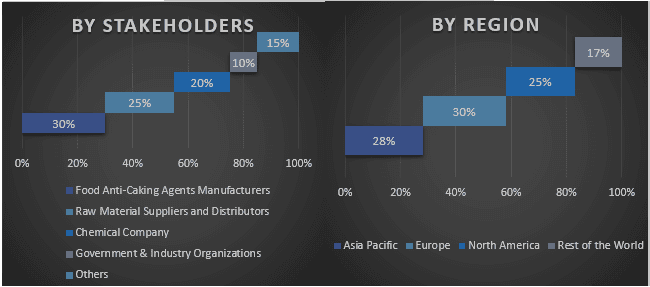
Инженерное обеспечение рынка
Метод триангуляции данных был использован для завершения общей оценки рынка и получения точных статистических данных для каждого сегмента и подсегмента мирового рынка антислеживающих агентов для пищевых продуктов. Данные были разделены на несколько сегментов и подсегментов после изучения различных параметров и тенденций в областях типа, применения и источника на мировом рынке антислеживающих агентов для пищевых продуктов.
Основная цель исследования мирового рынка антислеживающих агентов для пищевых продуктов
В исследовании были определены текущие и будущие рыночные тенденции мирового рынка антислеживающих агентов для пищевых продуктов. Инвесторы могут получить стратегическую информацию для обоснования своих решений об инвестициях на основе качественного и количественного анализа, проведенного в исследовании. Текущие и будущие рыночные тенденции определили общую привлекательность рынка на региональном уровне, обеспечивая платформу для участников отрасли, чтобы использовать неиспользованный рынок для получения выгоды от преимущества первого участника. Другие количественные цели исследований включают в себя:
- Анализ текущего и прогнозируемого размера рынка антислеживающих агентов для пищевых продуктов с точки зрения стоимости (USD). Кроме того, анализ текущего и прогнозируемого размера рынка различных сегментов и подсегментов
- Сегменты в исследовании включают области типа, применения и источника.
- Определение и анализ нормативно-правовой базы для антислеживающих агентов для пищевых продуктов
- Анализ цепочки создания стоимости с учетом присутствия различных посредников, а также анализ поведения клиентов и конкурентов отрасли.
- Анализ текущего и прогнозируемого размера рынка антислеживающих агентов для пищевых продуктов для основного региона.
- Основные страны регионов, изученных в отчете, включают Азиатско-Тихоокеанский регион, Европу, Северную Америку и остальной мир.
- Профили компаний рынка антислеживающих агентов для пищевых продуктов и стратегии роста, принятые игроками рынка для выживания на быстрорастущем рынке
- Углубленный анализ отрасли на региональном уровне
Связанные Отчеты
Клиенты, купившие этот товар, также купили

